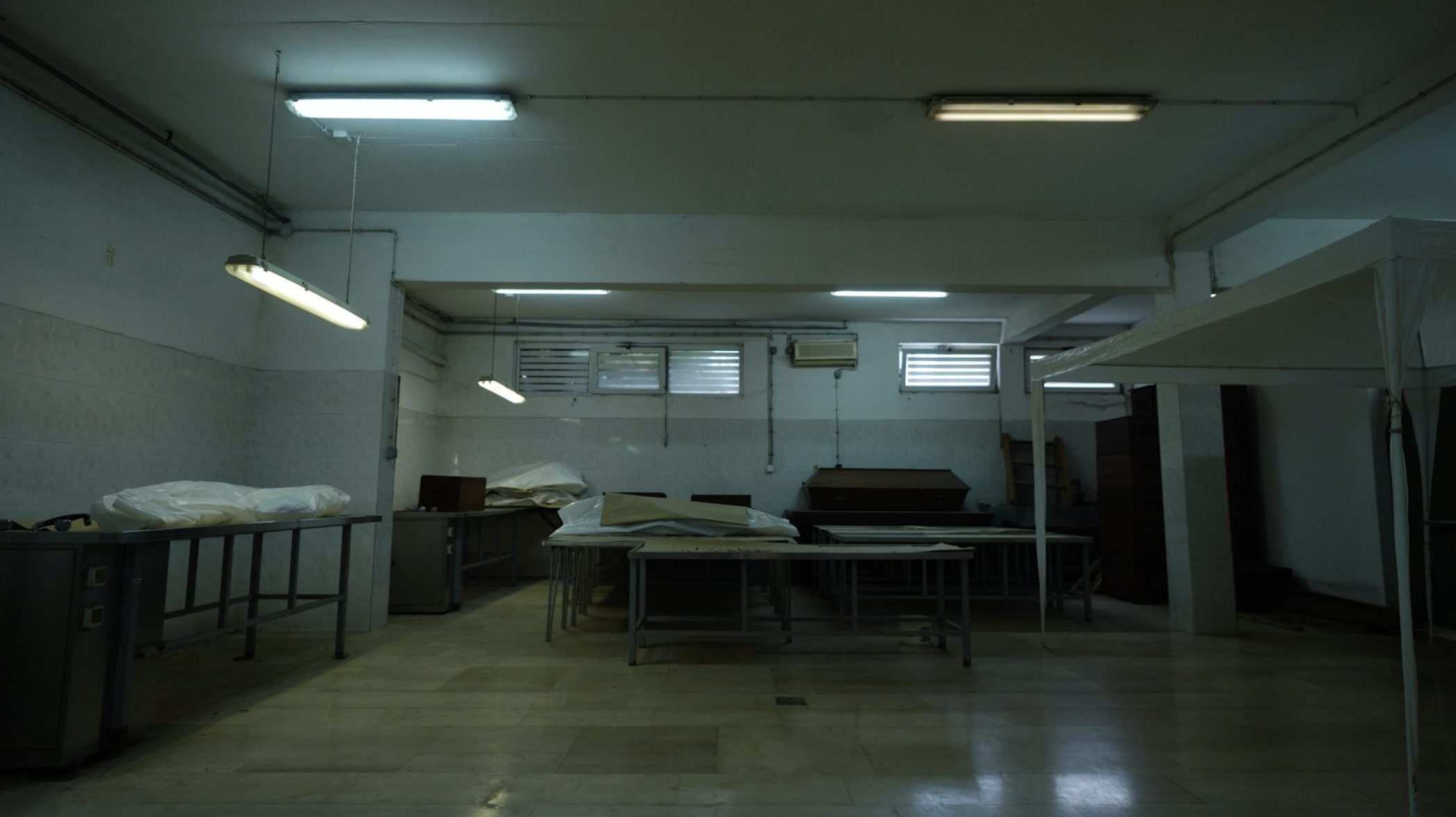This post is also available in: Bosnian
At his trial before the Mechanism for International Criminal Tribunals in The Hague on Thursday, the defence of Jovica Stanisic, former chief of the Serbian State Security Service, SDB, denied that the “Red Berets” unit was associated with the SDB, while prosecution expert witness Reynaud Theunens alleged the opposite.
Reflecting on the occupation of municipalities in Bosnia and Herzegovina in the spring of 1992, Stanisic’s defence attorney, Wayne Jordash, claimed there was no evidence to prove military expert witness Theunens’ conclusion that the Red Berets, whose members participated in those operations, was a special unit of the SDB.
Jordash presented evidence according to which the Red Berets unit was part of the local Territorial Defence or special forces of the Serbian autonomous regions at that time.
As an example, Stanisic’s attorney said Zivojin Ivanovic, also known as Zika Crnogorac, who was one of the Red Berets’ commander, signed himself the commander of a special unit of the Serbian Autonomous Region, SAO, of Semberija.
Theunens responded by saying that it was possible that SDB special forces formally belonged to local Bosnian Serb forces as well, which was a way of concealing their actions because it did not suit the Serbian authorities to be directly involved in the war.
Jordash did not deny that, in previously issued documents, Ivanovic had signed himself a member of the special units of the SDB.
The prosecution’s military expert witness commented that “somebody must have ordered” Ivanovic to change his membership in the unit he commanded in the documents.
Theunens also said that, according to documents issued by local authorities, Ivanovic was present in Brcko “between four and six months” prior to the town’s occupation, where he trained local Serbian fighters.
Stanisic’s attorney responded that Ivanovic’s presence in Brcko had not been recorded in documents prior to July 1992, also suggesting that he did not participate in the combat around the town.
Theunens accepted that, in analysing numerous military documents, he had only found evidence about Ivanovic’s presence in Brcko in July 1992.
The defence attorney and Theunens argued similarly about the connection between Dragan Vasiljkovic, alias Captain Dragan, and the SDB at the moment when he established a training camp for Red Berets members in the village of Divic on the eve of an attack on Zvornik in April 1992.
Theunens maintained that at that time, Captain Dragan “worked for the Ministry of Internal Affairs of Serbia”, while Jordash claimed there was no written evidence to prove that.
Jordash said a document issued by security bodies of Republika Srpska, according to which Captain Dragan’s men in Divic were “close to Frenki” , was “hearsay”, but Theunens disagreed with him.
Vaslijkovic was convicted by a Split court last September of committing war crimes in Croatia, and sentenced to 15 years in prison.
Stanisic and his former assistant, Franko Simatovic “Frenki”, have been charged with persecution, murder, deportations and forcible transfer of the Croat and Bosniak population in Croatia and Bosnia and Herzegovina.
According to the charges, those crimes were committed by the Red Berets and other paramilitary forces, such as men under the command Zeljko Raznjatovic “Arkan” and the Scorpions, which were under the control of the SDB.
Stanisic’s defence attorney will continue cross-examining Theunens on Friday, March 16.


